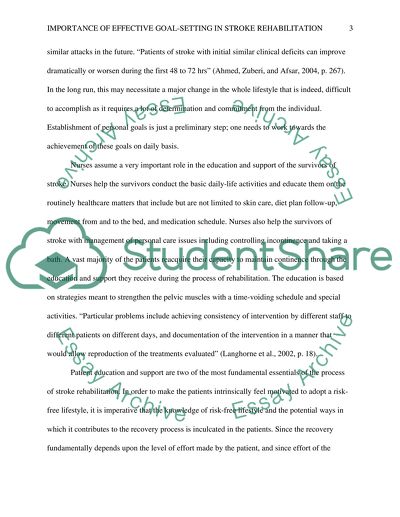Cite this document
(“Stroke Rehabilitation Research Essay Example | Topics and Well Written Essays - 1000 words”, n.d.)
Stroke Rehabilitation Research Essay Example | Topics and Well Written Essays - 1000 words. Retrieved from https://studentshare.org/health-sciences-medicine/1456128-research-regarding-stroke-rehabilitation
Stroke Rehabilitation Research Essay Example | Topics and Well Written Essays - 1000 words. Retrieved from https://studentshare.org/health-sciences-medicine/1456128-research-regarding-stroke-rehabilitation
(Stroke Rehabilitation Research Essay Example | Topics and Well Written Essays - 1000 Words)
Stroke Rehabilitation Research Essay Example | Topics and Well Written Essays - 1000 Words. https://studentshare.org/health-sciences-medicine/1456128-research-regarding-stroke-rehabilitation.
Stroke Rehabilitation Research Essay Example | Topics and Well Written Essays - 1000 Words. https://studentshare.org/health-sciences-medicine/1456128-research-regarding-stroke-rehabilitation.
“Stroke Rehabilitation Research Essay Example | Topics and Well Written Essays - 1000 Words”, n.d. https://studentshare.org/health-sciences-medicine/1456128-research-regarding-stroke-rehabilitation.


